Hot stamping foil slitting machine purchase guide: how to find the most suitable equipment?
The hot stamping foil slitting machine is an important equipment in the packaging, printing and decoration industry, which is used to cut hot stamping foil coils into the required width. Choosing a suitable hot stamping foil slitting machine is crucial to improve production efficiency and reduce costs. The following is a detailed guide to choosing an hot stamping foil slitting machine to help you find the most suitable equipment.
1. Define your needs
1.1 Slitting material characteristics
• Material type: Know the specific material of hot stamping foil (e.g. PET, OPP, etc.) to ensure that the equipment can handle it.
• Thickness range: Confirm the thickness range of hot stamping foil and select the appropriate slitter model.
• Coil width: According to the width of the raw material and the width of the finished product, select the appropriate slitter specification.
1.2 Production Requirements
• Output requirements: According to the average daily or monthly output, choose the slitting machine that can meet the production demand.
• Slitting accuracy: Clarify the requirements for slitting accuracy (such as ±0.1mm or higher), and select high-precision equipment.
• Order diversity: If the order specifications are diverse, choose a device that supports quick order change and multi-specification slitting.
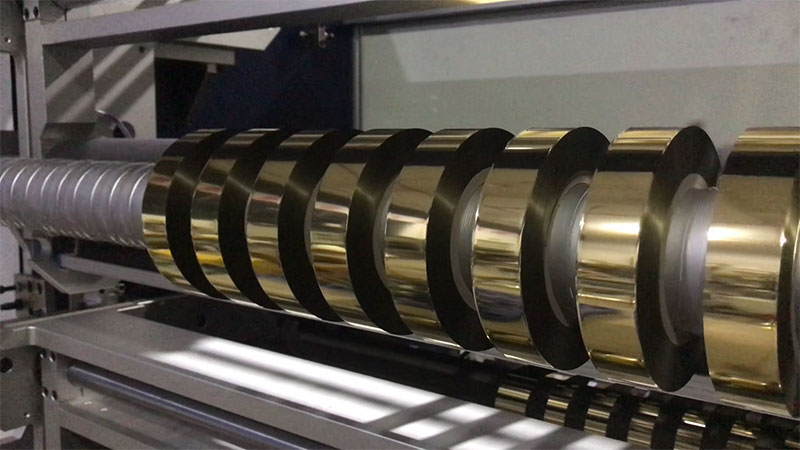
2. Key Performance Indicators
2.1 Slitting accuracy
• High-precision slitting machine ensures that the slitting edge is flat and reduces material waste.
• Choose equipment equipped with automatic guiding systems and precision tools.
2.2 Slitting speed
• Slitting speed directly affects production efficiency, choose equipment with adjustable and stable speed.
• High-speed slitting machine is suitable for high-volume production, but it is necessary to ensure that the accuracy is not compromised.
2.3 Degree of automation
• Automatic loading/unloading: reduce manual intervention and improve efficiency.
• Automatic Tracking: Ensure that the material does not deviate during the slitting process.
• Automatic tool change: support quick tool change to adapt to different slitting needs.
2.4 Device Stability
• Choose equipment with robust structure and stable operation to reduce failure rate and maintenance costs.
• Understand the durability of the equipment and the brand of the core components (e.g., motors, sensors, etc.).
3. Intelligent functions
3.1 Intelligent control system
• Support touch screen operation, friendly interface, easy to set and adjust parameters.
• Equipped with PLC or AI control system to achieve automatic slitting and parameter optimization.
3.2 Data collection and analysis
• The equipment should have a data collection function to record the production efficiency and equipment status.
• Support the generation of production reports to help optimize the production process.
3.3 Predictive Maintenance
• Choose equipment with fault warning to reduce downtime.
• Support remote monitoring and maintenance to improve the efficiency of equipment management.
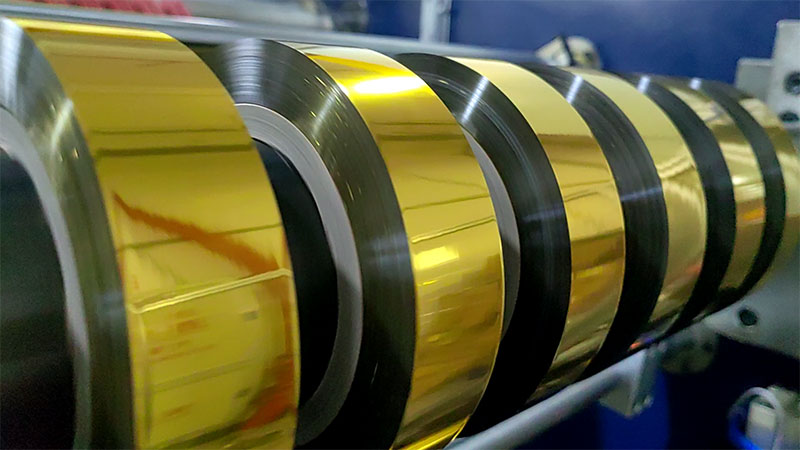
4. Supplier Selection
4.1 Brand and Reputation
• Choose well-known brands to ensure equipment quality and after-sales service.
• Refer to user reviews and industry reputation to understand the actual performance of the equipment.
4.2 After-sales service
• Confirm whether the supplier provides installation and commissioning, operation training and regular maintenance services.
• Understand the warranty policy and spare parts availability.
4.3 Customization capabilities
• If the production needs are special, choose a supplier that supports custom design.
• Confirm that the supplier can adjust the equipment specifications and features to meet the needs.
5. Cost considerations
5.1 Device Price
• Choose cost-effective equipment according to your budget and avoid blindly chasing high-end models.
• Compare quotes from multiple suppliers to understand market price ranges.
5.2 Operating Costs
• Consider the energy consumption, maintenance costs, and labor costs of the equipment.
• Choose energy-efficient equipment to reduce long-term operating costs.
5.3 Return on Investment
• Evaluate the productivity gains and material savings of the equipment and calculate the payback period.
• Choose a device that pays for itself quickly.
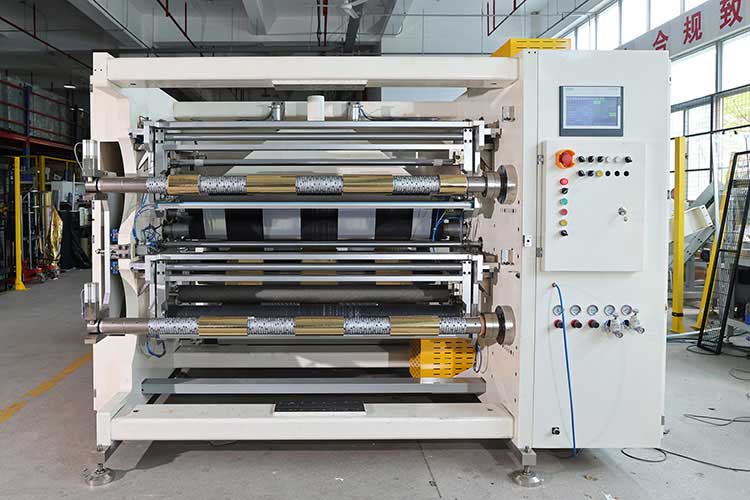
6. Field visit and trial
6.1 Factory Tour
• Visit the equipment production plant to learn about the manufacturing process and quality control process.
• Observe the actual operation of the equipment and test the slitting accuracy and speed.
6.2 Trial Equipment
• Require suppliers to provide trial machines to test equipment performance in a real production environment.
• Adjust the purchase plan according to the trial results.
7. Frequently Asked Questions
7.1 How to judge the accuracy of the slitting machine?
• Check the technical parameters of the equipment to understand the range of slitting accuracy.
• Field test of slitting effect to check edge flatness and dimensional error.
7.2 Is the automation equipment suitable for small-scale production?
• Automation equipment is suitable for high-volume production, but can also be flexibly configured to accommodate small-scale needs.
• Choose equipment that supports quick order changes and multi-format slitting.
7.3 How to reduce the maintenance cost of the slitter?
• Choose equipment with a simple structure and easy to maintain.
• Regular maintenance, timely replacement of wearing parts, to avoid equipment failure.
8. Conclusion
When purchasing an hot stamping foil slitting machine, it is necessary to comprehensively consider factors such as production demand, equipment performance, intelligent functions, supplier service and cost. By identifying requirements, comparing options, site visits, and trials, you can find the most suitable equipment, improve production efficiency, reduce operating costs, and create greater value for your business.
Recent Post
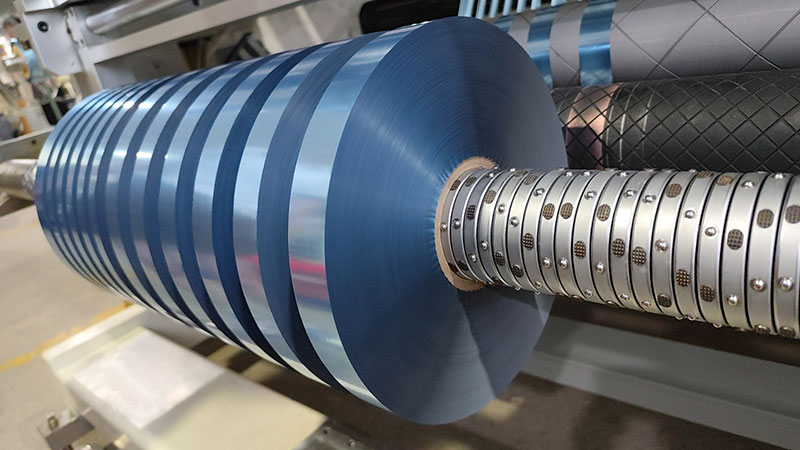 hot foil slitting machine17. April, 2025
hot foil slitting machine17. April, 2025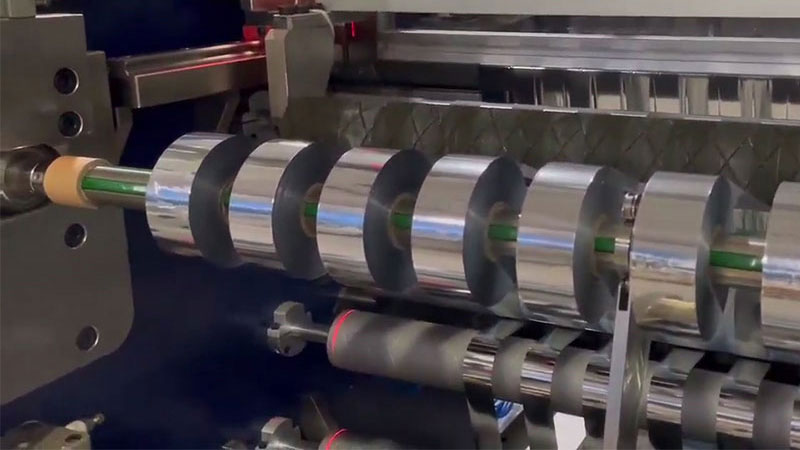 Efficient and waste-free! How to improve the utilization rate of hot stamping foil slitting machine?16. April, 2025
Efficient and waste-free! How to improve the utilization rate of hot stamping foil slitting machine?16. April, 2025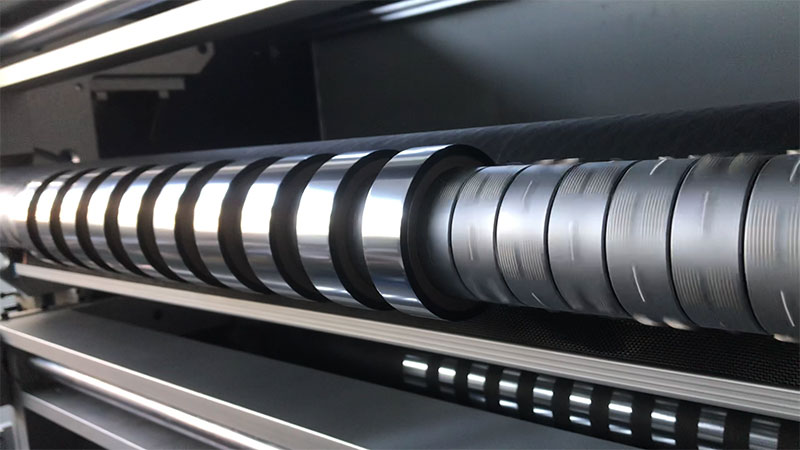 Hot stamping foil slitting machine: stability and precision guarantee under high-speed slitting15. April, 2025
Hot stamping foil slitting machine: stability and precision guarantee under high-speed slitting15. April, 2025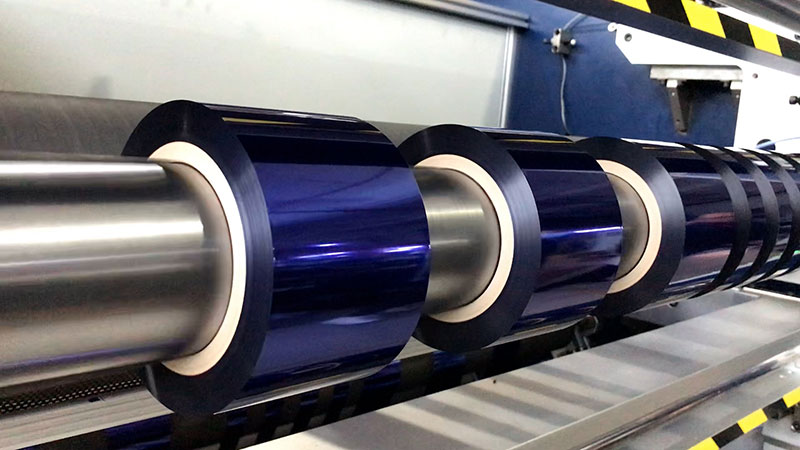 Intelligent deviation correction + constant tension control: analysis of the key technology breakthrough of the hot foil stamping slitting machine14. April, 2025
Intelligent deviation correction + constant tension control: analysis of the key technology breakthrough of the hot foil stamping slitting machine14. April, 2025
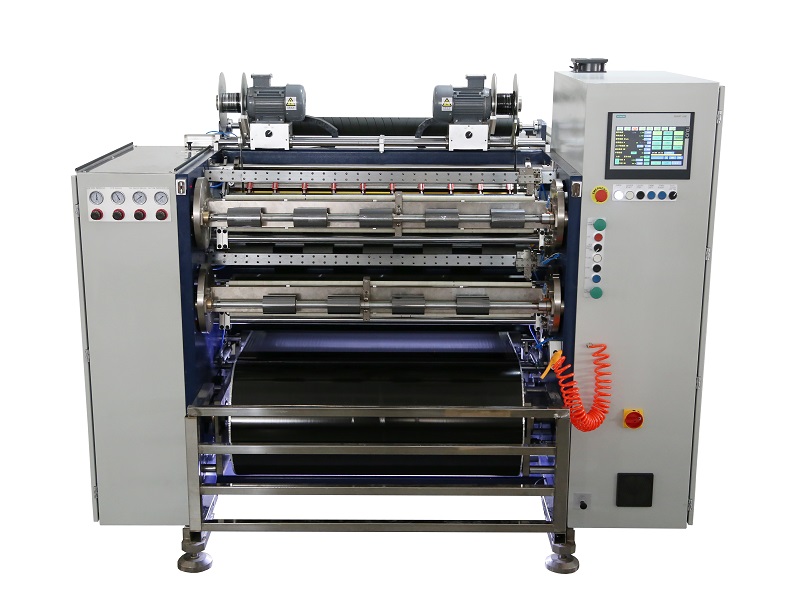 Fully Automatic TTR Slitter RSDS8 Plus
Fully Automatic TTR Slitter RSDS8 Plus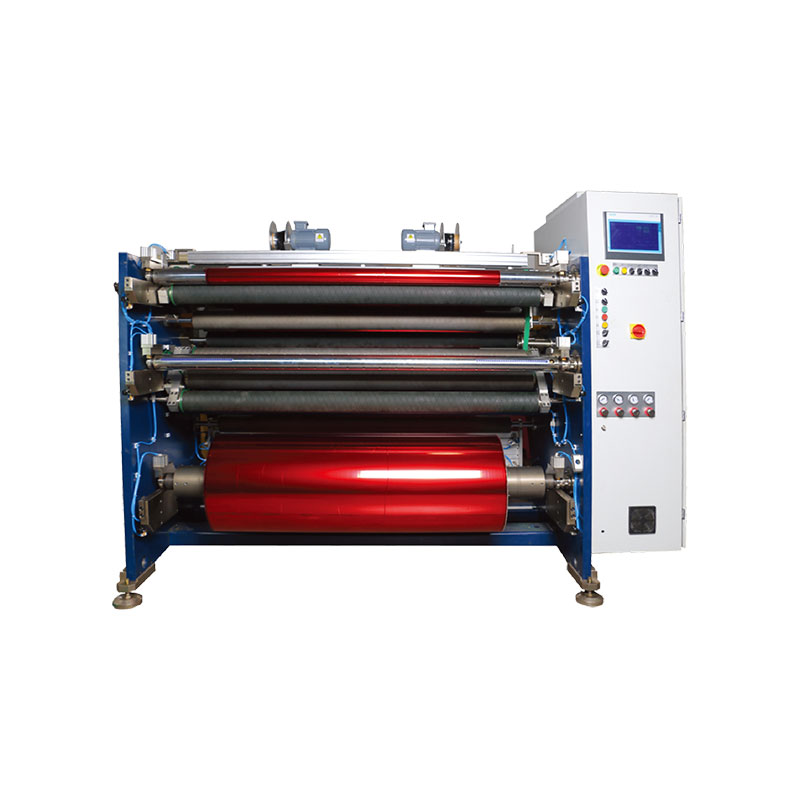 Hot Stamping Foil Slitter 1600mm
Hot Stamping Foil Slitter 1600mm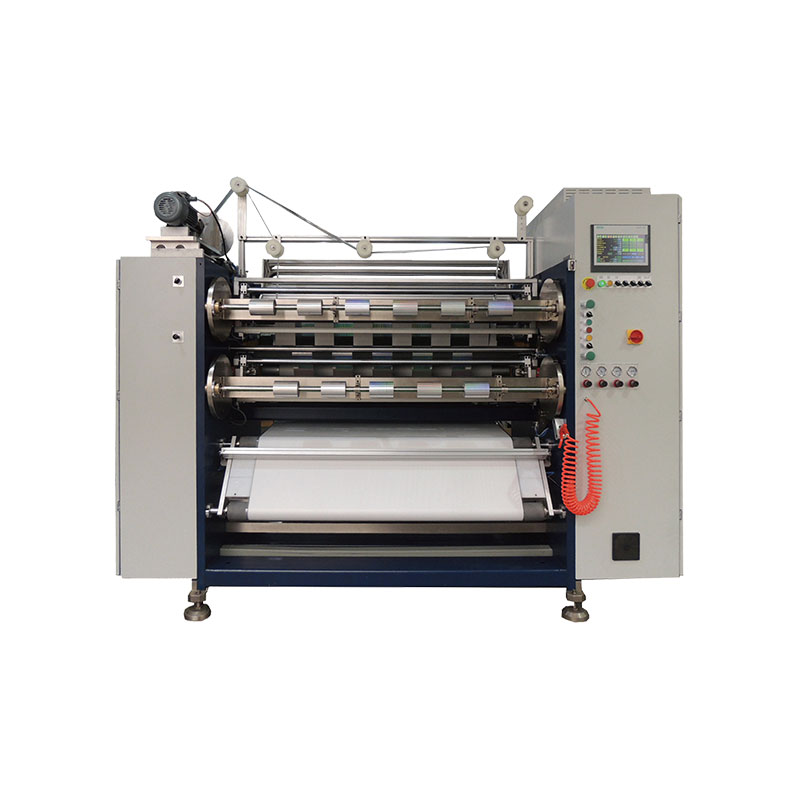 Hot Stamping Foil Slitter (4 Shafts)
Hot Stamping Foil Slitter (4 Shafts)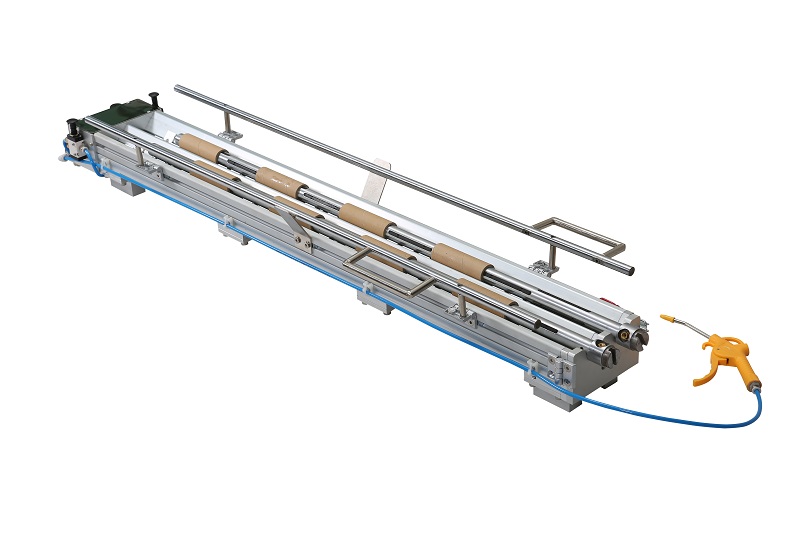 Paper Core Loading Machine
Paper Core Loading Machine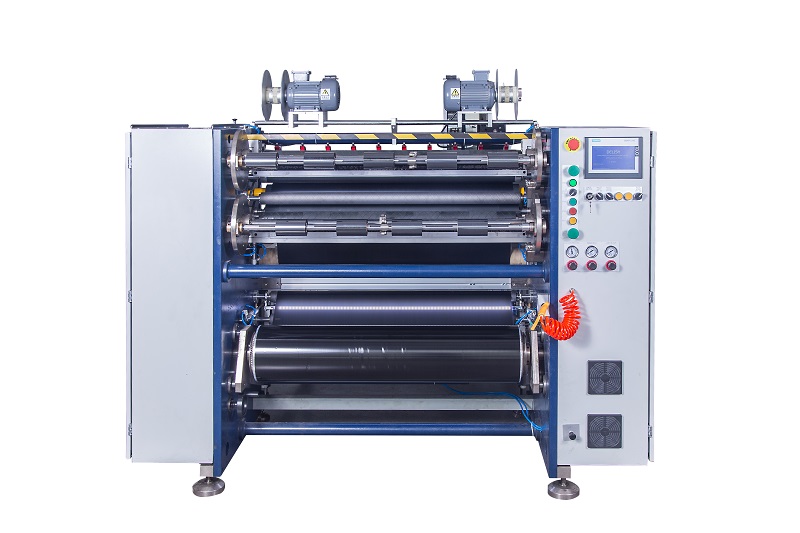 Semi-Auto TTR Slitter RSDS2 Plus
Semi-Auto TTR Slitter RSDS2 Plus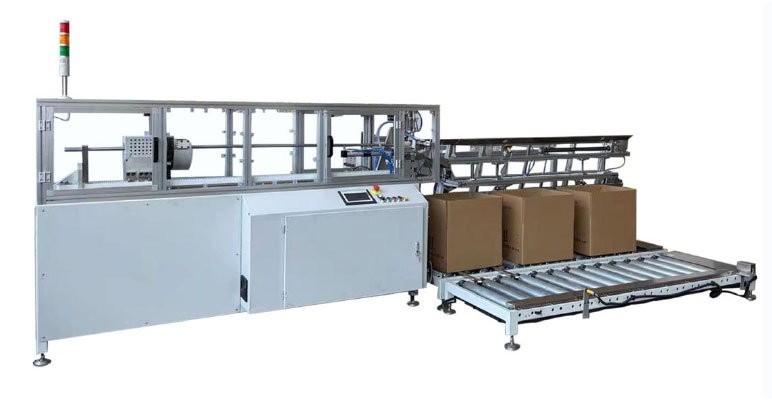 Auto Paper Core Cutter
Auto Paper Core Cutter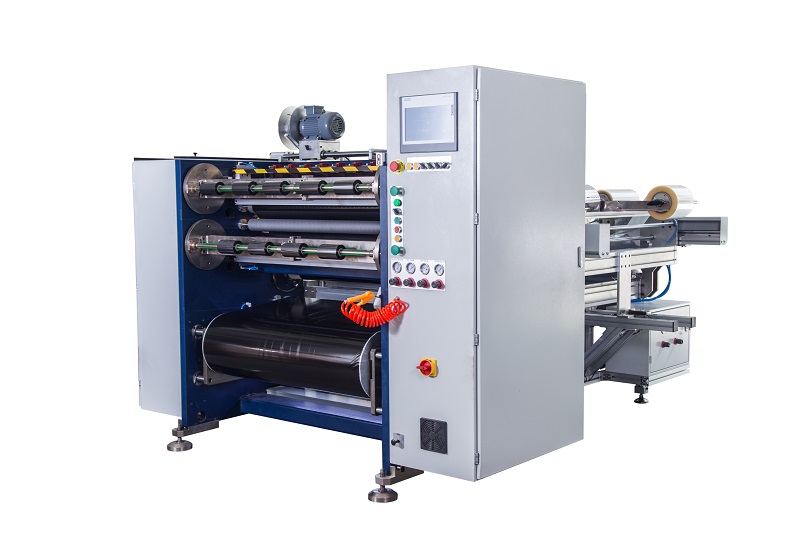 Semi Automatic TTR Slitter RSDS5 Plus
Semi Automatic TTR Slitter RSDS5 Plus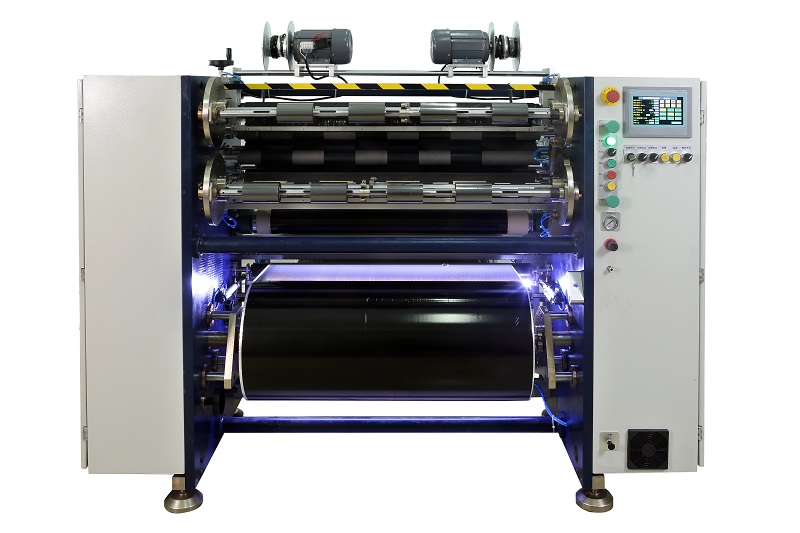 Manual TTR Slitter RSDS2
Manual TTR Slitter RSDS2





